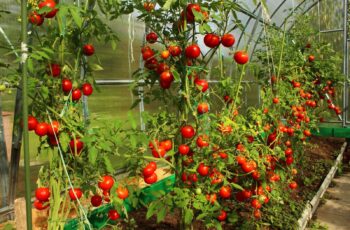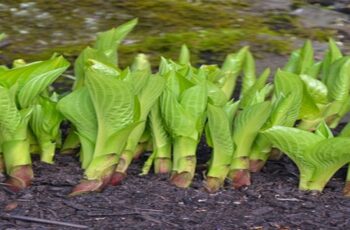Ad Blocker Detected
Our website is made possible by displaying online advertisements to our visitors. Please consider supporting us by disabling your ad blocker.
The question comes up every single year among fellow gardeners – is it better to plant onion sets or onion seeds when growing onions?
The question certainly sparks quite the debate. And not just among those new to gardening, but seasoned veterans as well.
To be exact, onions can grow in three different ways: By planting a simple onion seed directly into the soil, by first growing a seed into a young transplant and then planting it into the garden, or by planting older but immature onion bulbs known as onion sets.
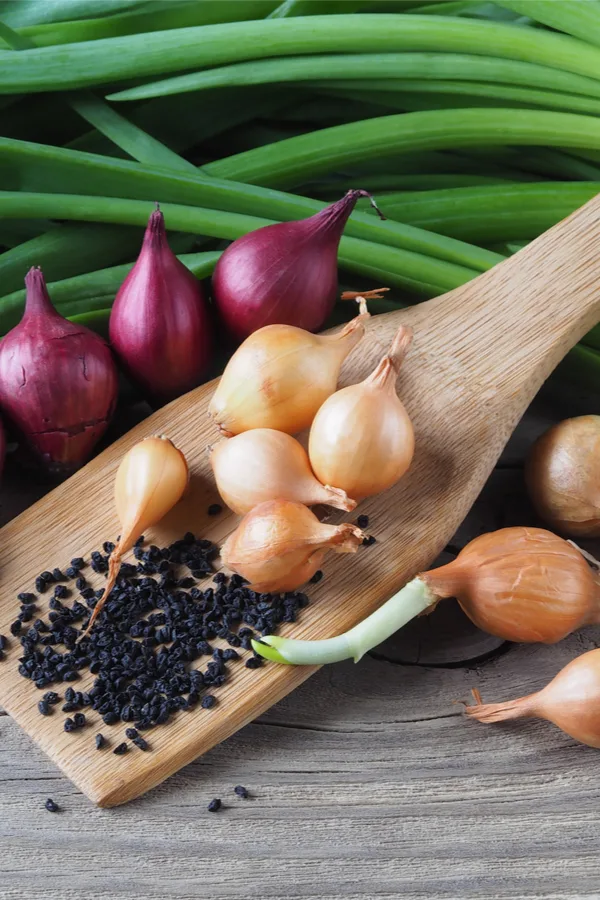
So which of these three growing methods is the best? The simple truth is, that all three methods have distinct advantages and disadvantages when it comes to growing onions. As for the best planting method for you, it depends on how onions grow in the area you live. And to know that, you have to know the answers to the three important onion-growing questions below:
- What is your specific climate?
- What type of onions can you grow in your area?
- How many hours of daylight will your onion crop receive as they grow?
With those questions in mind, let’s first take a look at understanding how onions grow – and then how to find out which variety will grow well in your climate.
Should You Plant Onion Sets Or Onion Seeds?
How An Onion Grows
There are two important things to know about onions before selecting how you want to plant them.
One is knowing an onion’s complete growing cycle. The second is understanding that certain onions grow better or worse in different climates. First, let’s talk about an onion’s growing cycle.
Onions are a biennial crop. This means they grow, mature and finally produce seed over two years, and not in a single growing season.
During the first year, an onion grows from a tiny seed into a bulb. If planted early enough from seed, the bulbs will grow large enough to be harvested and used that year as a smaller young onion.
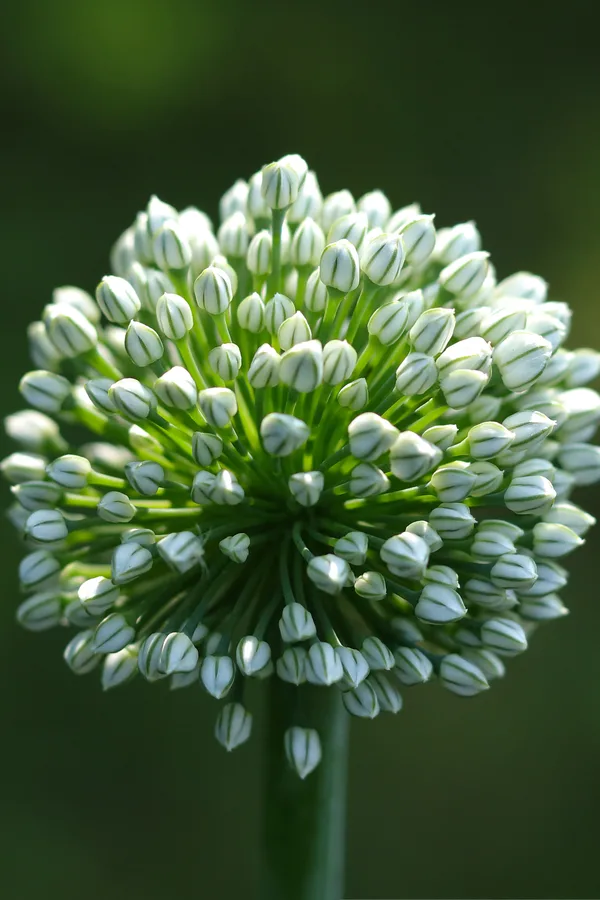
But if the bulb stays in the ground over the winter, it will continue to grow in year two as the soil warms. It is in this second year that the bulb matures to complete its growth cycle. When this happens, it sends up a “bloom” and sets a seed on the head of the flower. Thus completing its two-year growing cycle.
Selecting The Right Onions For Your Growing Zone
Onion varieties fall into three distinct categories, short day onions, long-day onions, and day-neutral onions. Each of these categories is based upon the climate, sunlight, and the days the onion will need to mature. Here is a look at each:
Short Day Onions
Short-day onions are a warmer-climate onion. Because of this, short-day onions mainly grow in the south and southwest. Short-day onions need around ten to twelve hours of average daylight to begin forming their bulbs.
Although short-day onion varieties can grow in northern climates, the bulbs will never reach full maturity. Not in size, or its flavor profile.
Long Day Onions
Long-day onions mainly grow in northern climates. Planting of these onions can occur in the spring or fall from seeds, seedlings, or sets. Long-day onions need to get between 13 and 16 hours of daylight to begin maturing.
Long-day onions cannot grow in southern areas because the daylight never extends long enough to form or mature bulbs from seed, sets, or seedlings.
Day Neutral Onions
Day-neutral onions are a bit different than short and long-day onions in that they will form bulbs no matter the hours of sunlight they receive. These onions can grow anywhere except the extreme south, where it gets a bit too hot for them to mature.
Day-neutral onions need to go in the ground in warm climates in the fall, and early spring in the north.
Now that we have covered what onions can be planted where and when – it is time to tackle the question of what is best, planting onions sets or onion seeds? Here is a breakdown of each planting method, along with the advantages and disadvantages of planting each in your climate.
Planting Onion Sets, Onion Seeds, Or Onion Seedlings
Growing Onion Sets
Onion sets are small onions grown from seed the previous year. Instead of being allowed to mature, they are harvested as immature bulbs. Then, they are kept dormant until the following spring and planted.
So that all leads us to onion sets vs onion seeds and seedlings. And of course, choosing which is best for you. Here is a breakdown of each planting method, along with the advantages and disadvantages of planting each way.
Planting Onion Sets Vs. Onion Seeds & Seedlings – Choosing The Best Method To Plant
Growing Onion Sets
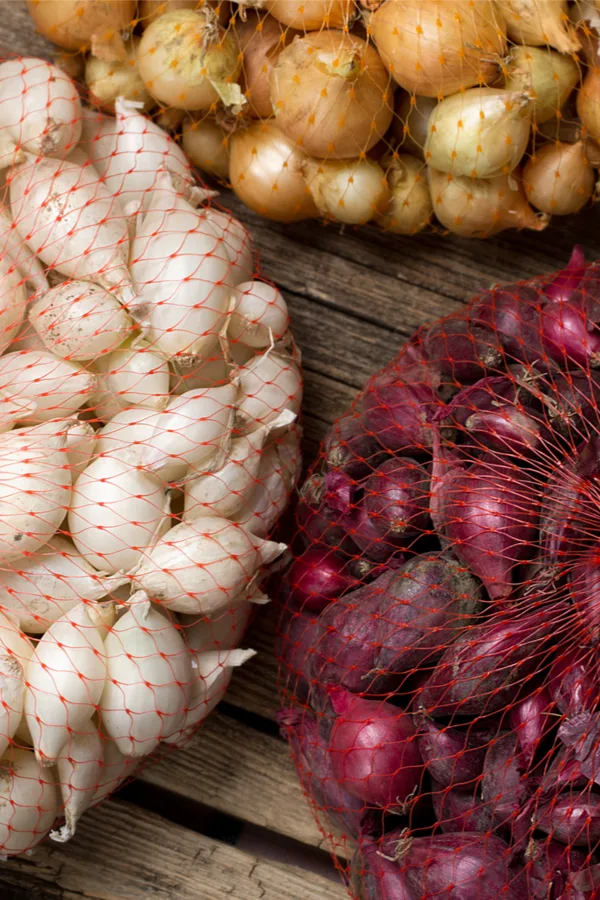
Onion sets are small onions that grow from seed or seedlings from the previous year. Instead of allowing them to mature, they harvest the small onions as an immature bulbs. They are then kept dormant until the following spring and planted as bulbs to grow again.
Once planted, they mature into full-grown onions during their second year of growing. The advantage of onion sets is they already have a head start on their growth.
Not only can you harvest them sooner, but it can also lead to harvesting larger bulbs. But, there is a disadvantage. With onion sets, you are limited to very few varieties of onions.
In the world of onions, there are hundreds of varieties available. Each with its own growing style and flavor profile. But with sets, you can usually only find them in the common white, yellow, and purple varieties.
So if variety is what you are looking for, growing from seed or seedlings may be a better choice.
Onion Seeds And Seedlings
The advantage of growing from onion seed is that you open yourself up to a wide range of varieties. Although you can direct seed into the ground in warmer climates, onion seeds take a long time to grow and mature.
That means for warmer climates, they need to be in the ground in the fall or late winter. For northern climates, start seeds indoors 10 weeks before moving outside to transplant. In essence, this is the process of planting onion transplants or seedlings. And, it is a much better way to go when planting from seed.
One of the biggest disadvantages of planting seeds is how long it takes to mature. But by growing seedlings indoors or in trays, you allow your onions to get a head start. In addition, it makes weeding and bed care much easier.
Planting seeds directly outdoors in a large garden space can make it difficult to tell if what is sprouting is an onion or a weed. But by growing transplants separately out of the garden, that chore is much easier!
